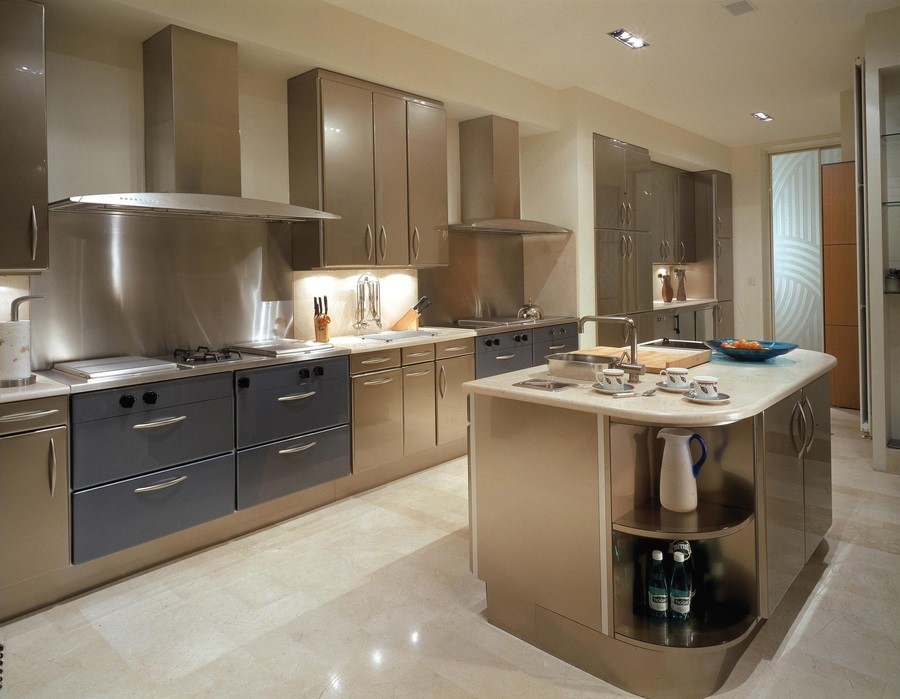How to Choose the Right Smart Lighting Solution for Your Home
Whether you opt for a wired solution or a wireless one, we have the expertise you’re looking for

Smart home lighting is one of the most powerful and useful home automation systems available today. Lighting control makes it easier to control the fixtures in any room – or across your whole house – while also improving your energy efficiency and allowing for more stylish lighting designs.
But how do you know which system is right for your home? Even among leading brands like Lutron, it can be hard to figure out which system suits your needs. Broadly speaking, lighting control systems fall into two categories: Wired and wireless. Both wired and wireless solutions have pros and cons, and they’re more useful in different circumstances. Today’s blog will illustrate the difference between wired and wireless smart home lighting, and we’ll cover which type of system suits different situations for homeowners in Pasadena, CA.
SEE ALSO: How to Reduce Energy Costs with Motorized Window Shades
WIRED: PROS AND CONS
The biggest advantages of choosing a wired smart home lighting system are reliability and centralized control. A wired system connects all your lighting fixtures to one central hub, usually stored in some out-of-the-way spot like a utility closet. Having those direct, hardwired connections means a much smaller chance of communication issues between devices.
Having said that, a wired system requires many more components and involves a more complex installation process. The additional hardware and installation time also make wired systems more expensive. Because of these factors, wired systems are better suited to new construction, or at least major remodel jobs, because contractors will have easier access to your walls and wiring.
Should you opt for a wired lighting system, Lutron’s HomeWorks line is one option to consider. A HomeWorks system can support literally thousands of devices, is easy to integrate with other automation systems, and the control panels come in a variety of designs, colors and finishes.
WIRELESS: PROS AND CONS
If wired systems are notable for their reliability and expense, wireless systems are notable for the opposite reasons. For starters, they’re much easier to install; dimmers, sensors and other components can be set up in a matter of minutes. You can control wireless systems from your phone, a wall panel or a touchpad.
Because wireless systems don’t require as much hardware and installation time, they’re cheaper than wired systems, which may be important depending on your budget. Wireless systems are also considerably easier to retrofit into your existing home because you don’t need to open up any walls. However, not having a direct connection means glitches can occasionally occur, so keep that in mind.
Lutron has several quality wireless lighting systems available. The Caseta line is a good place to start; the Caseta supports up to 50 devices, and the dimmers and switches can be installed in minutes. If you’re worried you need a stronger system, the RA2 Select supports up to 100 devices, allows for remote control from your phone or other device, and allows for several preset scene options.
If you want to know more about home lighting control or are ready to upgrade, we have the solutions you’re looking for. Check out our project gallery to take a look at some of our past work. You can call us at (626) 437-4441, or you can reach out to us online.



